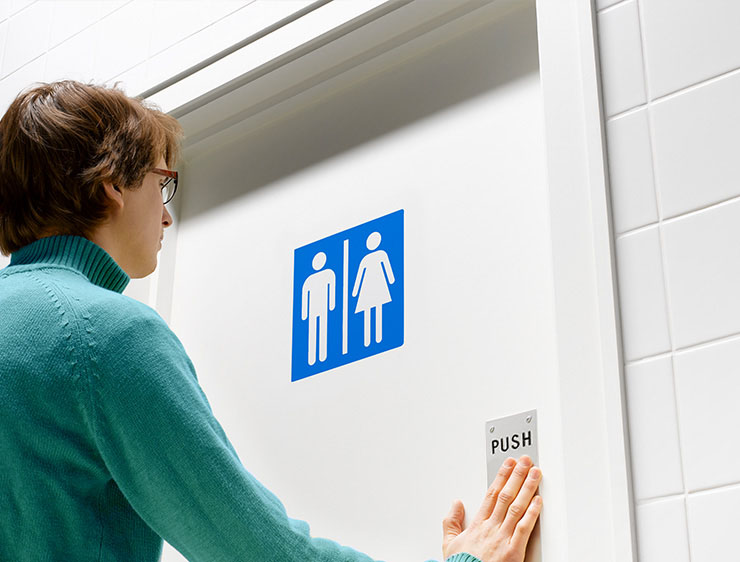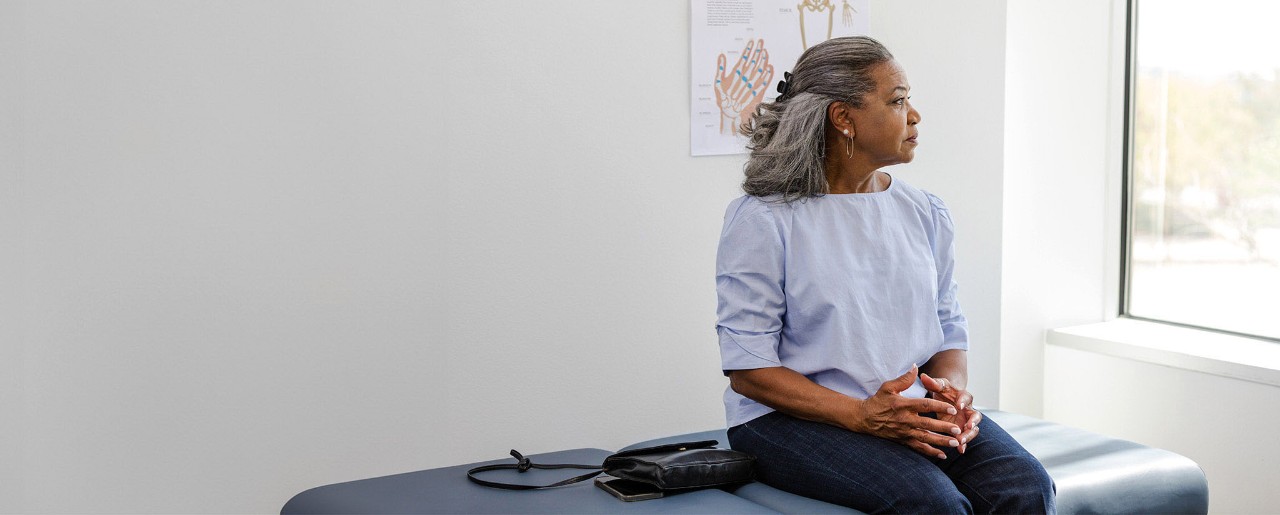What is urinary incontinence?
Urinary incontinence, also known as bladder leakage, is the loss of bladder control or the involuntary loss of urine. This can turn a laughing fit or fun workout into a stressful and potentially uncomfortable situation. Here’s what you need to know about the three common types of urinary incontinence:





